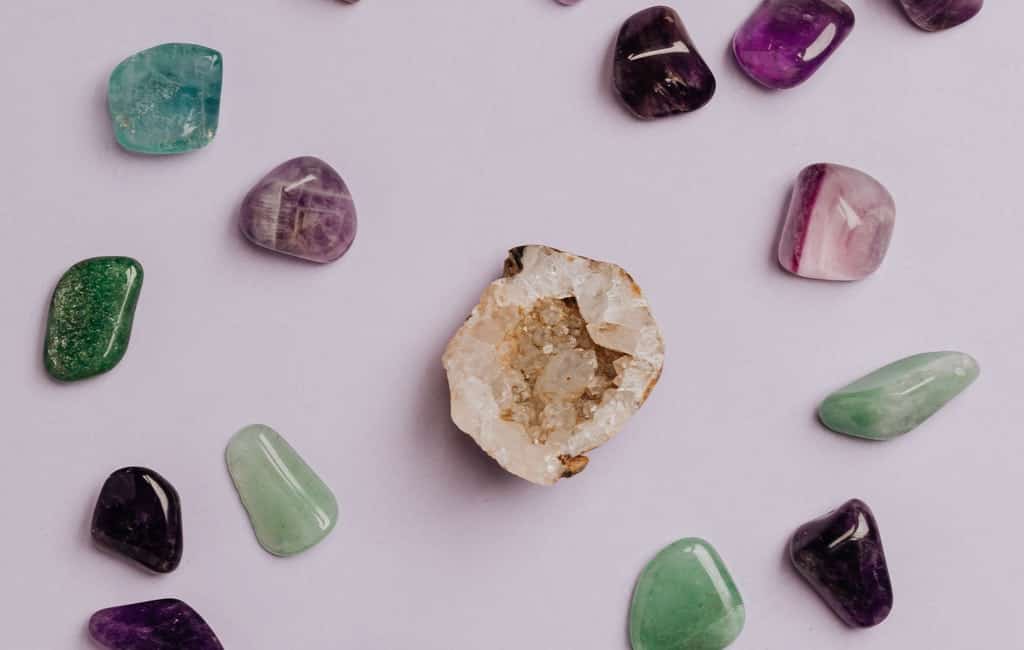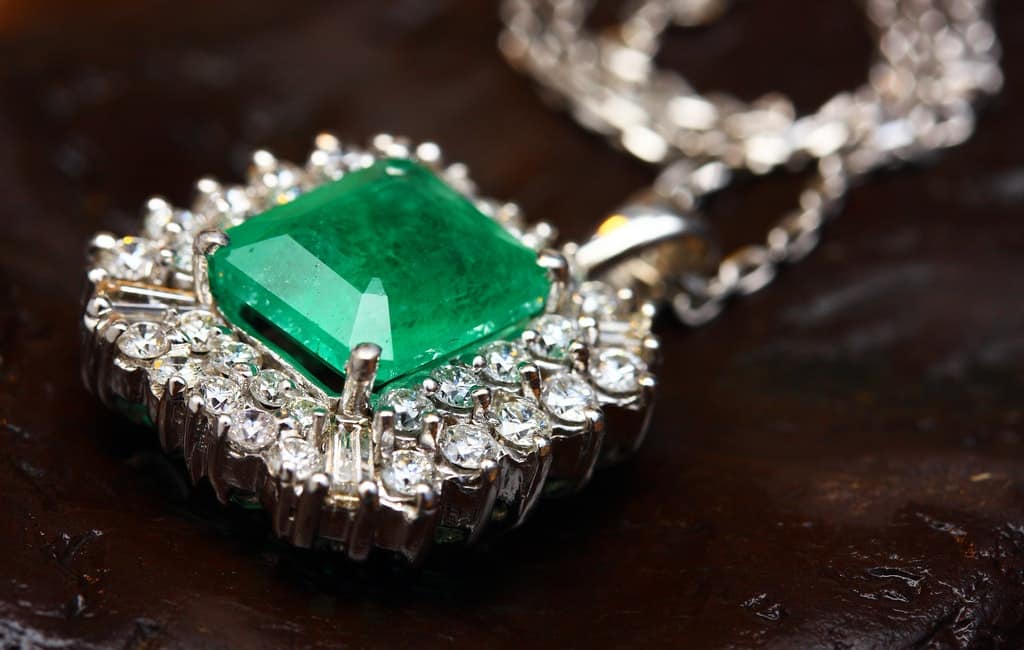Gems are precious stones that shine brightly when they have been cut and polished. Many of them are mined from beneath the earth’s crust, where they are formed as mineral deposits that have been formed due to the result of chemical and physical forces which act underneath the surface of the earth over millions – and sometimes, billions – of years. Gems are not found everywhere in the world, and some of them can only be found in specific areas of the world (e.g. diamonds can only be found in about 35 countries in the world).
ARE ALL GEMS FEMALE?
A lot of people are under the impression that gems have gender (or some kind of identification that groups them either as male or female). This general assumption may have something to do with the fact that certain countries – and languages, along with cultures – tend to attach gender to these items (gems) in form of masculine or feminine words.
This occurrence has to do with the way these languages have been constructed and the syntax by which they operate.
Examples of gems that have been subjected to such gender classification include the following:

- Emeralds
Emeralds are green gems that are a variant of beryl, a mineral. Emeralds are usually green because they contain some traces of the element chromium or vanadium. It is not as resistant to breakage or as strong as other gems such as diamonds (which are the hardest gems and substances on the entire planet Earth). The word “emerald” originates from several words, used by several ancient cultures all over the world. For instance, some of its sources of origin are the old French word, “Esmeraude”, the Middle English word, “emeraude”, the Vulgar Latin words “esmaralda” and “esmaraldus” and the Latin world, “smaragdus”; all of which literally translate to the English word, “Emerald” or “green gem.”
The word “Emerald” and its various forms such as its Spanish version (Esmeralda) have been used as popular girl names for centuries. This might be attributed to the fact that “emerald” and its many variations are usually seen as feminine nouns (as a matter of fact, a lot of other languages – apart from the English language – use feminine markers and determinants in order to describe this particular gem). Ergo, the gem itself may be generally assumed to be a female.
- Diamonds
Diamonds have a popular reputation for being a girl’s – or a woman’s – best friend, and this idea has dominated pop culture and the media for several years now. However, this idea may not have much of an effect on the actual syntax of language, and the type of gender that many languages around the world have ascribed to these particular precious stones.
Diamonds are the natural solid forms of carbon, an element that occurs in nature. They are the hardest naturally known substances on earth, with the highest known melting point and degree of hardness. This makes them ideal for industrial application, particularly in the aspects of cutting, drilling and polishing.
The remarkable hardness of diamonds is as a result of the rigid crystal lattice in which its crystals are arranged. It is chemically inert (meaning that it does not react easily – or at all – with other substances in the world) and the atoms in its crystal lattice are so tightly packed that very few elements can get into them. Some of these chemicals include boron and nitrogen, which get into the rigid crystal lattice of the diamonds and color them (and this is only possible because diamonds in their pure, uncontaminated forms are white or transparent in nature). They can only be found in about 35 countries across the world. Many of the sites in which diamonds are found – and mined – all over the world, are places where there are civil conflicts, and where the trades of these precious gems (diamonds) are usually used by unscrupulous individuals to fund these conflicts; which is why the type of diamonds mined from such sites are called conflict diamonds. To curtail the trade of such diamonds, lasers are usually used to tag legally mined diamonds with certification (however, this process is not completely foolproof).
Carbon – the element which forms diamonds – also occurs in another solid form known as graphite. However, graphite is remarkably softer than diamond, and has properties that are vastly different from it.
One would assume that for many years – centuries and millennia – feminine markers and determinants have been used to describe diamonds in many languages, however, reality tells an entirely different tale.
In the Spanish language, the word used for diamond is “diamante” and the determinant or article usually placed before that word is “el” which is the Spanish article that is used to signify a masculine word. Several other languages in the world follow this pattern. For instance, the French say “un diamant”, which signifies that a diamond is actually a masculine word; which is rather fascinating, considering the fact that diamonds are supposed to be a girl’s best friend.

- Rubies
Rubies are another set of precious gemstones that are widely known throughout the world. Rubies have been used to make a lot of jewelry since they were first discovered, cut, polished and set into jewelry pieces. However, much as is the case with diamonds, rubies are also described with masculine markers, articles and determinants in various languages throughout the world. For instance, in the Spanish language, rubies are usually called “rubi” and the determinant or article that is commonly used before this word is the term “el”, which is generally used to signify a masculine word.
ARE ALL GEMS FEMALE?
Gems are very popularly and widely used in a lot of items which females use (such as necklaces, earrings, rings and other “feminine” jewelry), which would explain why it is generally assumed that all gems are female. However, the syntax of several languages all over the world does not appear to agree wholeheartedly with this logic (as we have discussed in the case of diamonds and rubies). Therefore, it is safe to say that not all gems are female.

